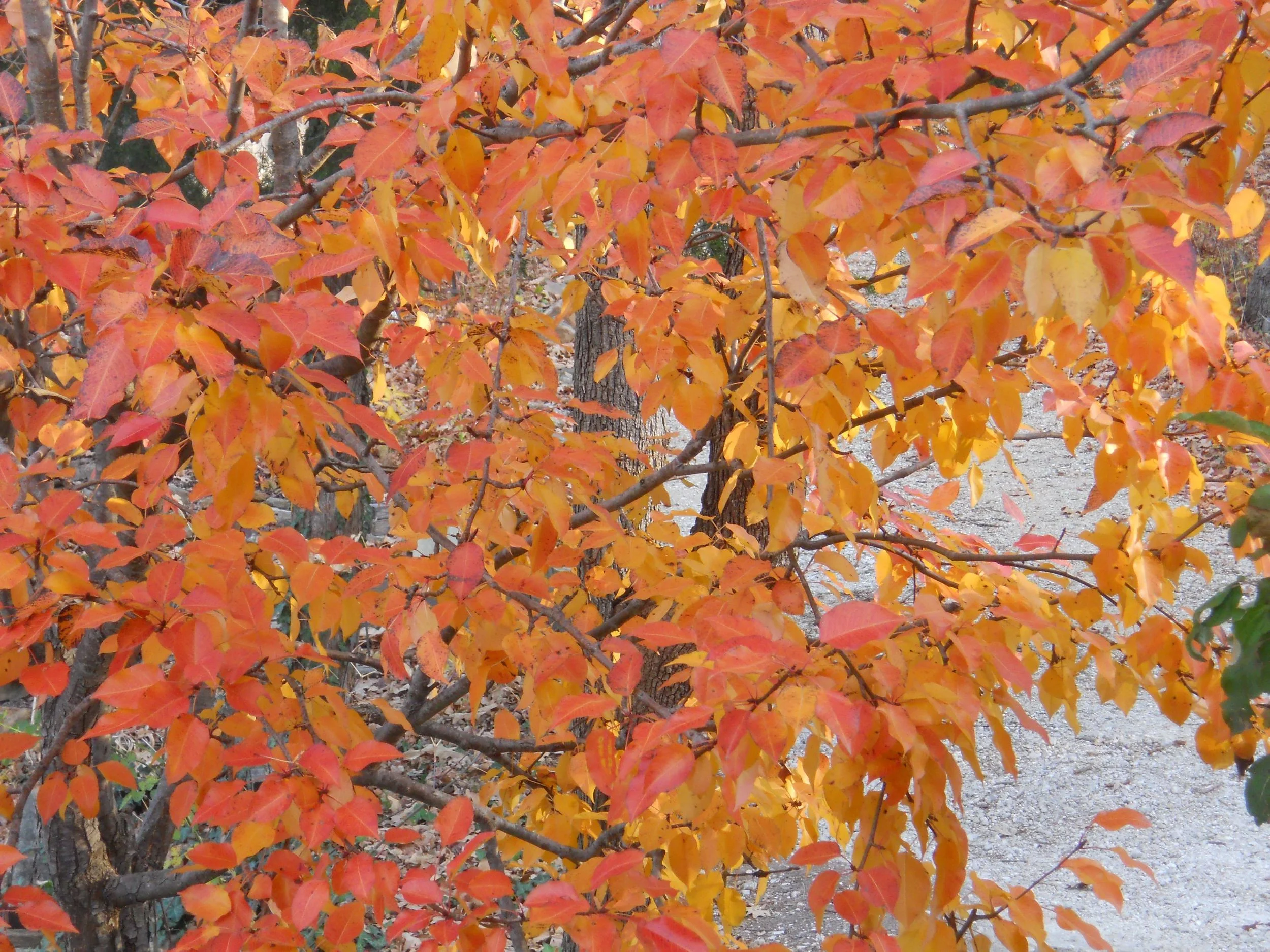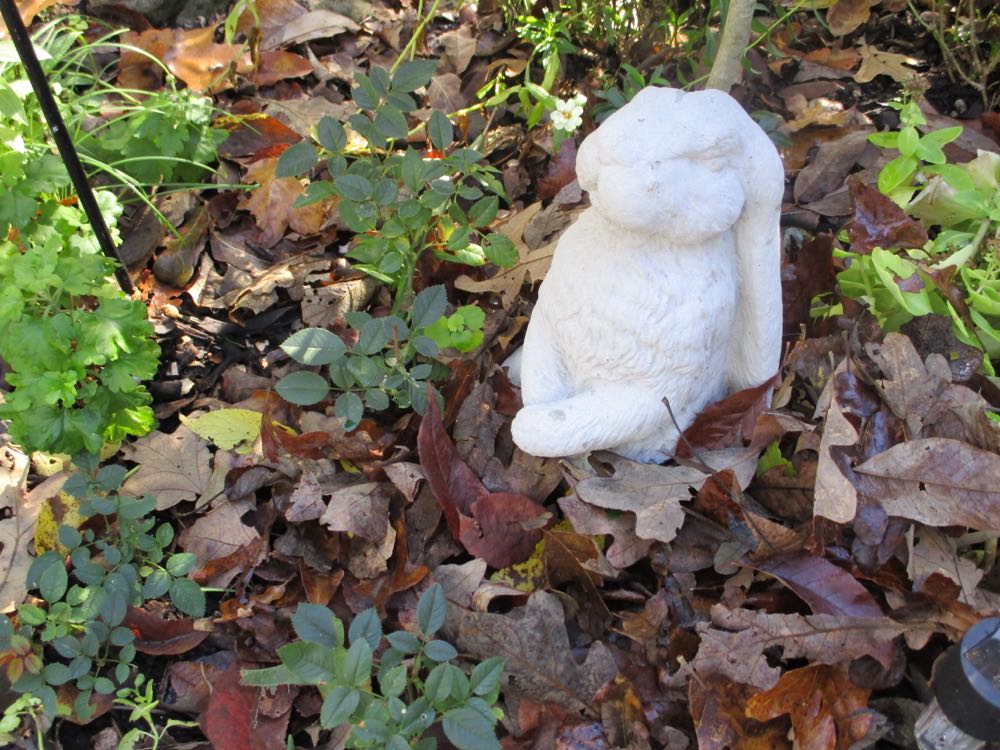November Gardening Tips
/Dry leaves are a gardener’s best friend, excellent for composting and harboring good insects. (Photo by Charlotte Ekker Wiggins)
November Gardening Tips
We’re welcoming November this year with a couple of weeks of warm weather as opposed to the nippy cold rainy days we’ve had for the past two weeks. The raw weather brought us almost 3 inches of welcome rain but I still have some plants to get in the ground in USDA Hardiness 5.
i did get all of my plants inside to winter over. Now that they are all settled inside, I am still moving potted plants around to give them optimum light conditions. My heat is on so leaves are dropping, especially the ferns.
Tree leaves have also been making their way onto flower beds for mulch and a layer that hopefully decomposes into soil over the next few years. I will be adding wood chips from our local recycling center after the first hard frost.
If you want to plant shrubs and move trees, this is a good time. I prefer planting into final spots in spring so my seedlings are now in pots and heeled into the nursery garden bed. That will give me all winter to decide on their final destination.
Love my honey-colored hardy mums currently in bloom. (Photo by Charlotte Ekker Wiggins)
It’s been very dry so remember to water. An inch a week is a good measure, especially for woody plants, such as azaleas and evergreens. When watering, check for damaged branches and remove. Once winter ice moves in, the ice will cause more damage than necessary on those weak and damaged limbs. I take pruners with me so I can also trim out suckers and branches that are too long, especially along where I regularly walk. No point in putting that off until later when the ground is covered in ice and snow.
If you haven’t done so already, this is a good time to empty most of your composters. Most likely candidates to get the new rich soil amendment include asparagus and strawberry beds. I also added compost to my deck pots to get them ready for my next crops. I still have red onions growing so I may scatter some lettuce and spinach seeds.
Still need to mound my rose crowns with 6 inches of soil or so before the first frost. I have mounds of mulch already piled nearby to scatter on the plants after I add a layer of leaf mulch for extra insulation.
Have grass to mow? You should be on the downside of the mowing season. Make the last cut when you see grass has stopped growing. Let clippings lie where they’ve been cut to restore Nitrogen to the soil. Have fun mowing over the leaves to shred and move them to flower beds.
Love the red leaf color native dogwoods add to my hillside. (Photo by Charlotte Ekker Wiggins)
Don’t forget to stop and enjoy the fall colors. Trees, shrubs and some perennials take on a different color in fall, changing gardens into new, sometimes surprising color palettes. Take note of something you like and plant more next year.
Charlotte


















